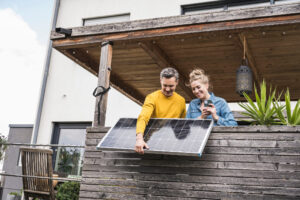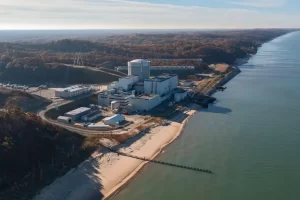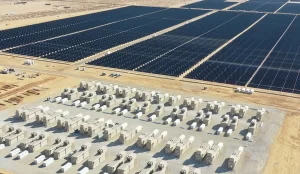Insurance and Taxes Now Cost More Than Mortgages for Many Homeowners
Soaring costs for home insurance and property taxes are busting homeowners’ budgets.
Insurers have pushed big rate increases because of losses from natural disasters and rising costs to repair homes. Surging home values in recent years, meanwhile, have lifted property taxes for many homeowners.
These ballooning expenses are rewriting the math of homeownership. In September, 32% of the average single-family mortgage payment went to property taxes and home insurance, the highest rate ever for data going back to 2014, according to Intercontinental Exchange.












